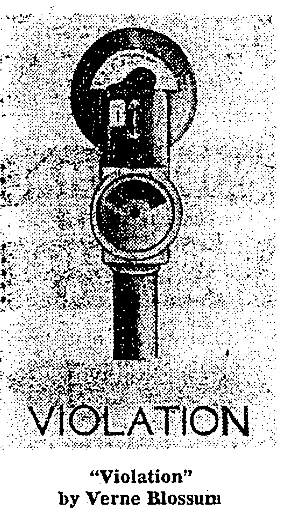 As I’ve been digging into the history of modernism and contemporary art in Washington DC, one of the most prominent events I keep coming back to is “The Popular Image” and its performance companion, the “Pop Art Festival.”
As I’ve been digging into the history of modernism and contemporary art in Washington DC, one of the most prominent events I keep coming back to is “The Popular Image” and its performance companion, the “Pop Art Festival.”
Organized Alice Denney in the Spring of 1963 for the fledgling Washington Gallery of Modern Art, “The Popular Image Exhibition” was a very early exhibition of Pop Art, coming at the same time as the Guggenheim’s Pop/Object show [which, unlike the DC show, traveled around the US], and less than six months after Walter Hopps’ seminal “New Paintings of Common Objects” show in Pasadena. Alan Solomon, who wrote an essay for the DC catalogue, then reconfigured the show a bit that fall for the ICA in London [1], where it introduced the US variant of Pop to Europe.
I’m most fascinated with the Pop Art Festival, which included a Happening by Claes Oldenburg designed for a DuPont Circle dry cleaners; a sprawling Judson Church/Yvonne Rainer/Kluver/Who knows who else dance performance in an Adams Morgan rollerskating rink; and an opening night tape recording performance by renowned Pop Artist John Cage. I know, right? But let’s wait on that. There’s a mystery from the show first.
A Washington Post preview from April 14, 1963 titled, “Eruption of Pop Art Slated for This Week,” mentions an artist I’ve never heard of, and who I can’t find mentioned in any other reporting or reviews of the show: Verne Blossum.
“Verne Blossum, who is inspired by parking meters with red ‘violation’ flags,” is mentioned between Roy Lichtenstein, “who likes comic strips,” and Jim Dine, “who attaches a lawnmower to a canvas and paints around it.” Blossum’s painting [above], is reproduced alongside Large Campbell Peeling Can by Andy Warhol. So that’s a pretty nice grouping. And yet.
And yet, they spelled his name wrong, for one thing. It’s Vern Blosum.
In 1967, the NY Times reported that his parking meter paintings series, titled “Time Expired,” was the subject of questions at a lunchtime docent tour at MoMA. “It’s a series of time paintings culminating in a giant expiration,” he replied. But no work by Blosum appears in the Museum’s collection today.
In his Smithsonian archives interview in1972, Larry Aldrich also mentioned buying Blosum’s work, but none is listed in the Aldrich Museum’s collection database, either.
I mean, it sure seems like the guy was doing something right in the 1960s; his almost complete [apparent] disappearance–or at least his delayed re-indexing online–makes me want to find out more.
UPDATE: Woohoo, I’m hearing details from a couple of people, and am following some hot leads. This has the markings of a great story. Stay tuned.
[1] In his May 2009 dissertation at Case Western, titled “Just what was it that made US Art so Different, so appealing?” [pdf] Frank G. Spicer III notes that Blosum, George Brecht, and Robert Watts were in the DC incarnation of “The Popular Image,” but were not shown in London.
Skip to content
the making of, by greg allen
